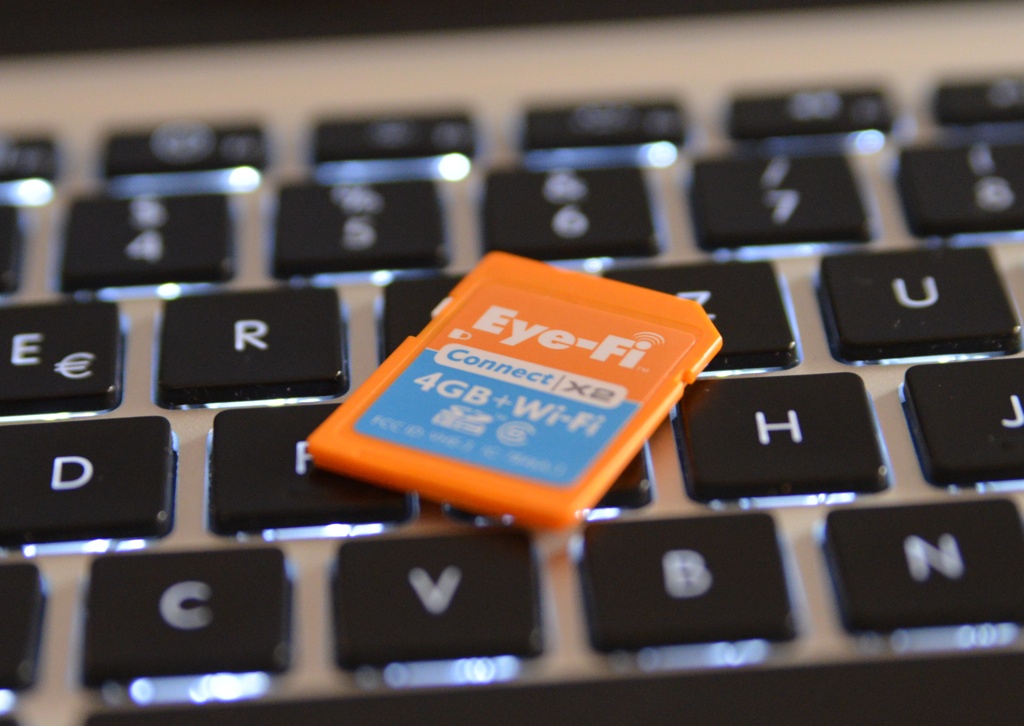Setting Up MythTV on a Wandboard
Download Robert C. Nelson’s Netinstall utility. This will allow you to boot off a Micro SD and run the Debian Installer.
git clone https://github.com/RobertCNelson/netinstall
cd netinstall
sudo ./mk_mmc.sh –mmc /dev/sdX –dtb wandboard-quad-revc1 –distro wheezy Continue reading

